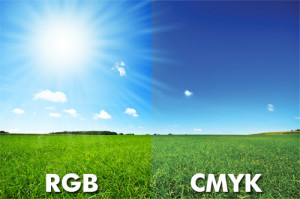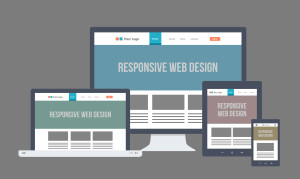Embossing is a common technique used to make images more appealing to the viewer.
The paper surface is pushed forward using an embossing die to cause a raised image.
Blind embossing falls under this category – it creates a raised area using a die, and thus generates a subtle paper colored image that can be felt as well as seen.

What is blind embossing?
It is quite similar to the printing technique of die stamping or engraved printing. Instead of ink, the image is created by forcing the machine to push the paper into the metal die so it leaves a raised impression. The highlights and shadows define the typography or graphic. It essentially creates both tactile and visual appeal. It is especially effective when a subtly elegant, three dimensional image is needed.
Types of embossing dies
Embossing dies come in several different styles, each with its own unique appearance – take a look:
Flat

Using this, you can create a three-dimensional image that is raised above the paper surface. The edges are straight, so it produces the most accurate reproduction of black and white line art.
Round
It gives a curved image as the paper surface curves out.
Beveled
The image has sloping slides so you can get a deeper impression.

Sluptured
You can create real dimension by forming the paper to several layers.
Points to remember about blind embossing.
The embossing style for a project depends on the effect you wish to achieve.
- Size, boldness, and intricacy of the design are important as bolder type and larger designs can be embossed more deeply.
- Bulk of paper stock used is a vital aspect as heavier papers can achieve greater depth and detail.
- Use textured paper stocks or laid sheets because they are more effective, as blind embossing basically flattens the paper in the embossed area, so the overall contrast is quite interesting.
- Line art and typography for embossing should be proofed at reproduction size; care must be taken in spacing type so that letters have room to form.
- Since an embossed image is three-dimensional, it may appear slightly smaller than the same image produced by offset or other two-dimensional means. To compensate for this optical illusion, artwork may be prepared slightly bolder or at a slightly larger size.
Applications of blind embossing are vast as it can be used on a large array of different papers and card to generate sophisticated artwork that can be seen and felt.















 4. Amazon — A rather interesting and meaningful logo, with the arrow pointing from a to z – refers to being able to find anything on its website. With different vendors selling a myriad of items, consumers can shop with a wide variety through their website. We believe that they wanted to enforce customer satisfaction, hence the smile across (with a dimple).
4. Amazon — A rather interesting and meaningful logo, with the arrow pointing from a to z – refers to being able to find anything on its website. With different vendors selling a myriad of items, consumers can shop with a wide variety through their website. We believe that they wanted to enforce customer satisfaction, hence the smile across (with a dimple).









